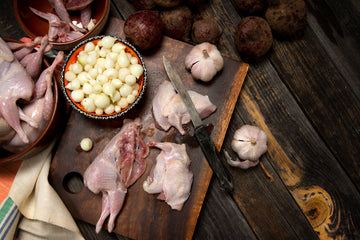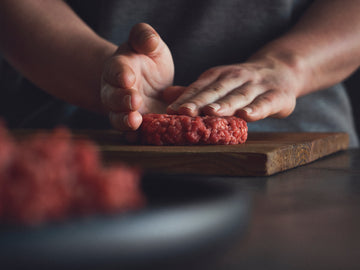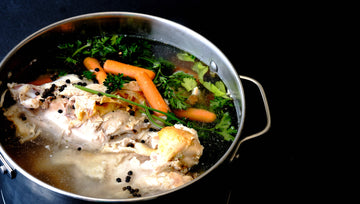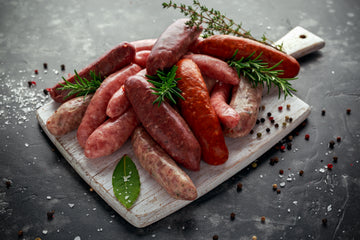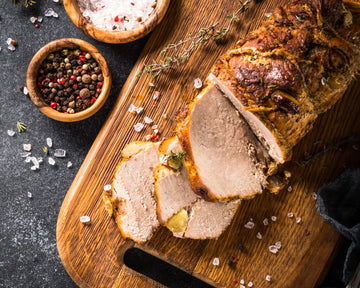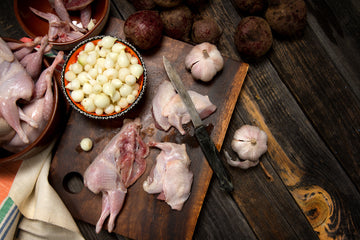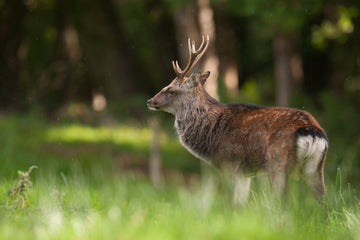Grass fed beef
 The traditional Irish and British breeds of cattle, in which we specialise, are relatively slow to mature, reaching their killing weight between 24 and 36 months.
The traditional Irish and British breeds of cattle, in which we specialise, are relatively slow to mature, reaching their killing weight between 24 and 36 months.
Traditional beef cattle breeds are hardy, and can stand out in our Irish climate all year round. Their diet is made up exclusively of grass for 12 months of the year, if the farm land can stand the tramping of the cattle in the winter. Some of our suppliers farm on damp, clay soil and the pasture is spoilt by ‘poaching’ if the cattle stand out in the Northern Ireland winter, and so in the four months of winter they are housed and fed on silage or sugar beet pulp or a maximum of four pounds of grain per day.
Apart from being wormed, the cattle we use are not treated medicinally unless they are ill. They are not injected with antibiotics as a preventative, nor are they given extra hormones or probiotics.
After killing the hindquarters are dry aged in our cold store for 42 days. The beef has a creamy yellow fat (the colour of fat from grass fed cattle) and the meat is a dark, plummy red, marbled with fat, which melts during cooking – a kind of self-basting which ensures tender meat.
We also offer specialist un-aged beef, which is butchered within 3 days of slaughter and is frozen immediately to minimise the natural development of histamine in the carcase.
Not only does grass fed beef have more flavour, it also has nutritional benefits. Meat from grass fed animals has two to six times more Omega Three fatty acids than meat from grain fed cattle. Omega Three’s are ‘good’ fats because they play a vital role in every cell in your body. With grass fed beef you are eating the type of meat that humans have evolved to eat over millennia, so naturally it is better for your body.
In the production of grass fed cattle small is beautiful. The larger the frame, the harder it becomes to ‘finish’ on grass. The traditional British and Irish native breeds are small, thrifty, hardy animals and can thrive on grass alone. And it is those green leaves that contain the Omega Three. As well as high levels of Omega Three, grass fed beef is higher in Conjugated Linoleic Acid (CLA) and higher in antioxidant vitamins.

















